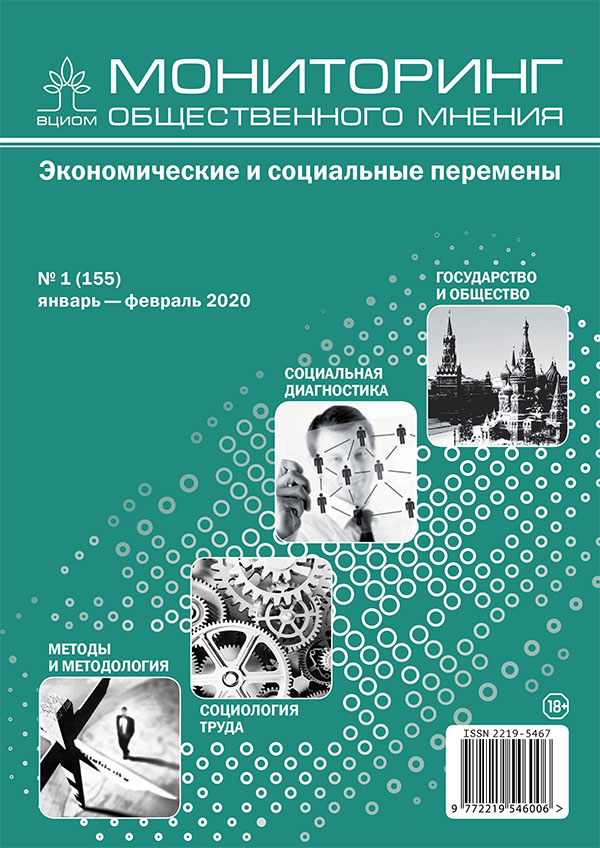Visual Representation of the Image “Happiness” as a Way to Study the Socio-Cultural Archetype
DOI:
https://doi.org/10.14515/monitoring.2020.1.04Keywords:
happiness, personality types, types of drawing, value orientations, sociocultural stereotype, gender characteristics, socio-psychological characteristics, ethnic characteristicsAbstract
The happiness concept is interpreted individually, but at the same time it is a culturally-based phenomenon featuring a particular sociocultural archetype. The author employs phenomenological, linguocultural and sociocultural approaches and attempts to compare the verbalized results of surveys on happiness and respondent’s visual representations. Using the complementarity principle the paper shows that the information based on image classification does not contradict with the happiness concept verbalization. Both the verbalized concept and the visualized one become part of individual’s semantic field and reflect individual’s gender, ethnic, social and psychological characteristics. Projective techniques used in the study allow bypassing the limitations of verbal system and detect meanings experienced by respondents preconsciously and instinctively (in a poly-ethnic society this is especially important). The tool helps reveal the hidden layers of the unconscious mind related to universal cultural archetypes. These archetypes act spontaneously as stable structures dealing with information processing, storage, and representation of collective experiences, and depend on gender, ethnic, axiological and psychological characteristics of an individual. Visual image interpretations help differentiate between those sociocultural features of the happiness driven by individual’s psychological characteristics and that resulting from individual’s value-semantic orientations.
Acknowledgements. The study is financed by RFBR (project no. 18-011-00223 “Influence of linguistic and cultural specificity of the environment on the formation of attitudes of young people in interethnic relations”).






